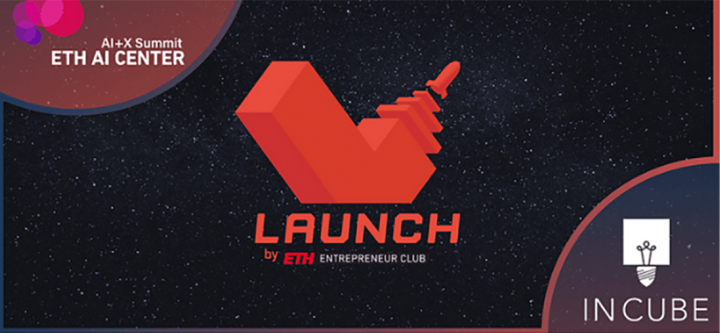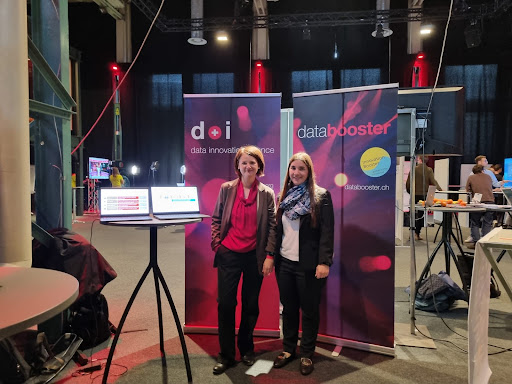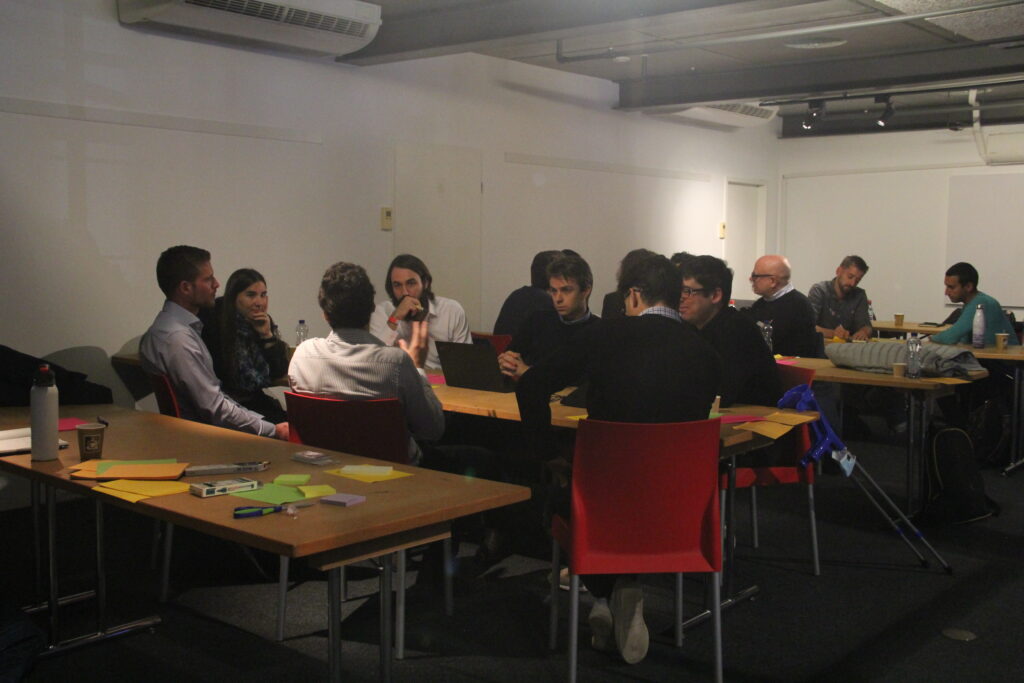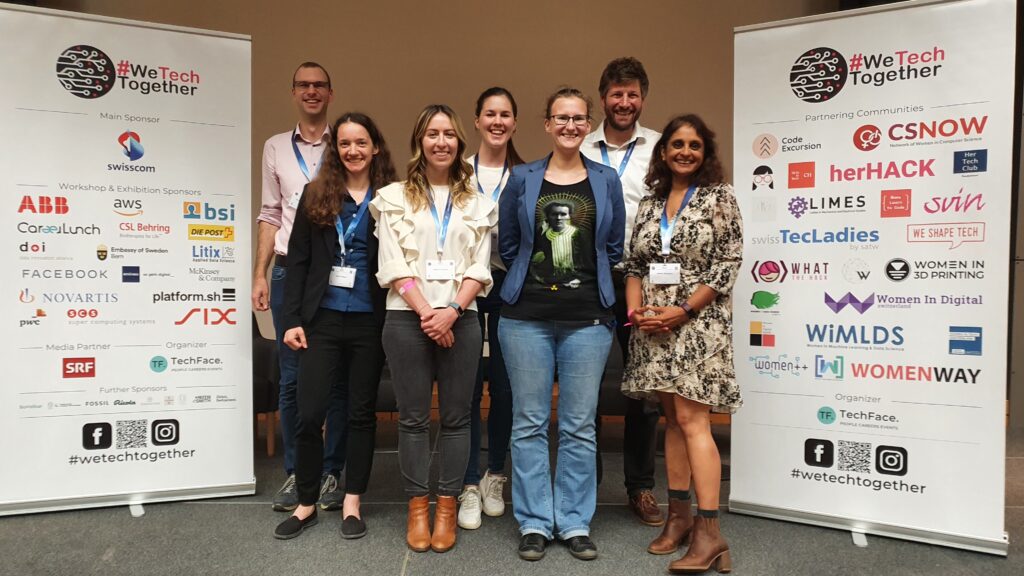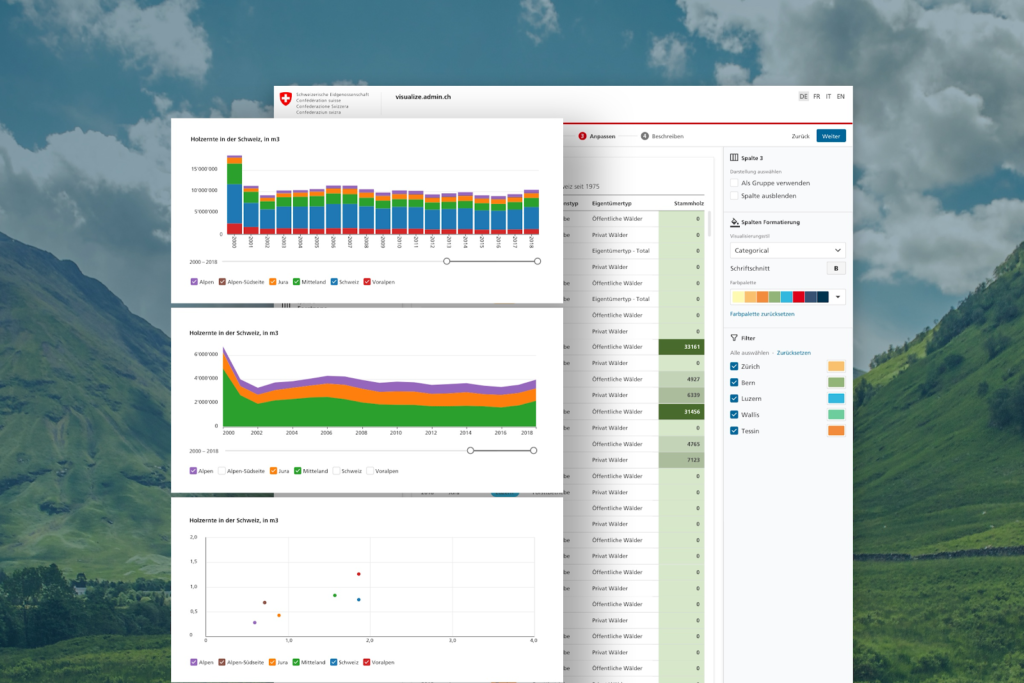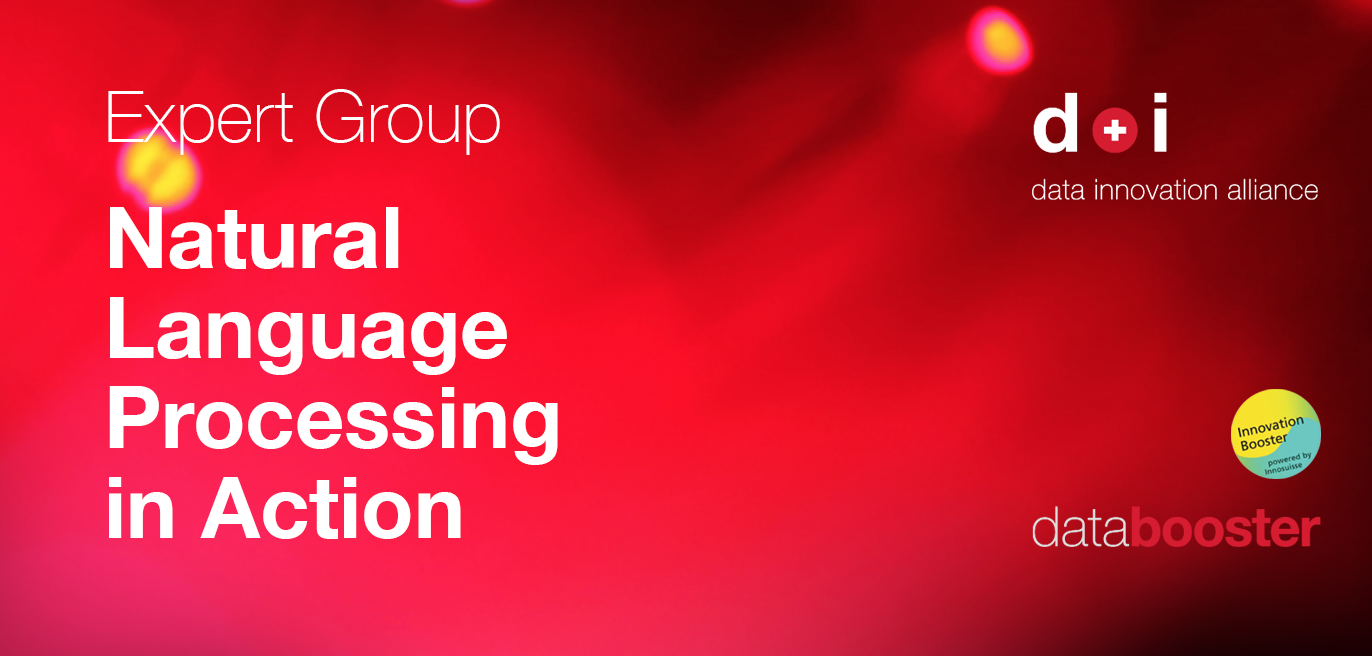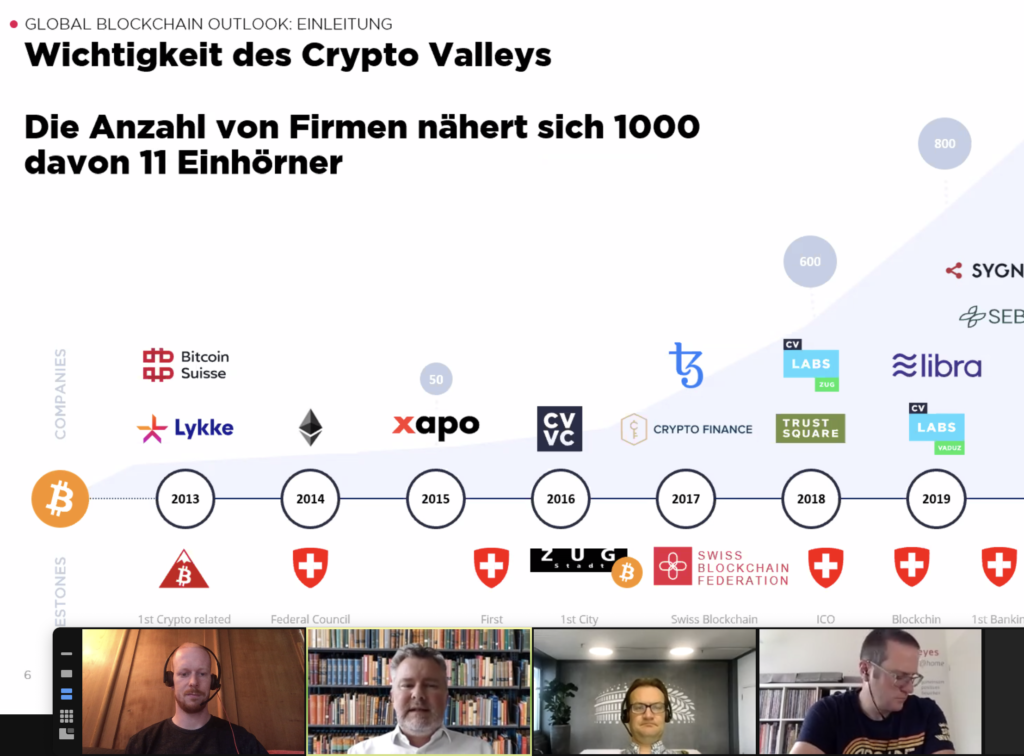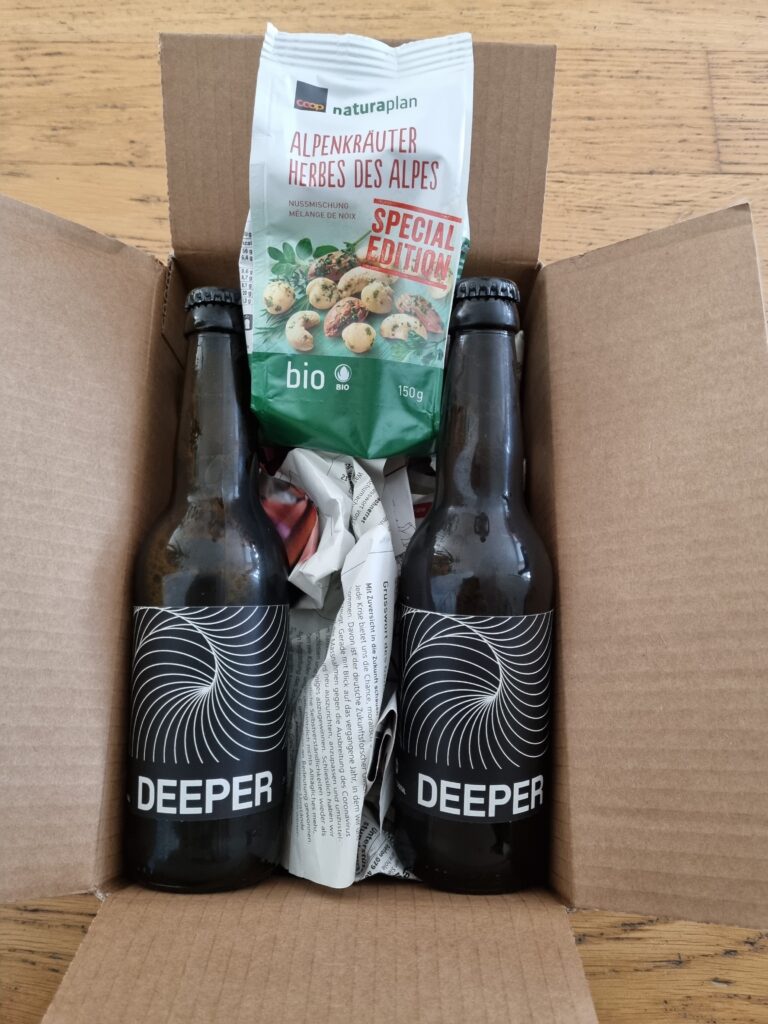Smart Service Innovation for Adapting to the Pandemic Situation – Successful Smart Services Summit 2021

By Jürg Meierhofer
On October 22, the expert group Smart Services welcomed worldwide top experts to the fourth Smart Services Summit. The focus was on how Smart Services allow firms to adapt in the COVID-19 pandemic. Examples of remote and collaborative working have created new forms of co-delivery where customers are integrated into the service processes. Such a change requires a mindset change for more traditional firms as the service model migrates from ‘do it for you’ to ‘do it yourself’ or some mix of ‘do it together’. Considering service science, the switch makes perfect sense as it means that the full set of resources within the ecosystem are now being used rather than only a part. Services can be delivered faster and at lower costs with the support of new technologies and when working with the customer in a co-delivery mode. The changes are leading to new value propositions and business models today and will lead to an evolution in Smart Services in the future. The changes themselves must be understood, and we may need to consider new or different implementation and delivery models for Smart Services. These new working approaches may also requite use to re-evaluate both training and education.
Across the papers and presentations, it became apparent that digital service innovation has substantially changed and accelerated since the start of the pandemic. Customer needs and service processes have undergone dramatic disruption, which is still ongoing. A common thread throughout all the papers was the concept of the ecosystem thinking, which was discussed from a wide field of perspectives and in a comprehensive way. In line with the concept of the Service-Dominant Logic, the needs of the different actors in the ecosystem need to be identified and integrated into the design of the services and the integration of the various resources in the ecosystem. The ecosystem perspective not only integrates the different human actors, but also technological, digital resources.
Innovation through intensive collaboration allows to switch different perspectives and innovation approaches. This results in seamless value propositions and solutions for the beneficiary actors, which is a necessary prerequisite for economic value creation. Well-designed service experiences based on a consequentially customer-centric view and approach are thus at the basis of value creation.
This transition to digital service innovation in ecosystems requires not only fundamental changes of the technological platforms. In particular, collaboration across actors, organizations, and industry requires a new level of trust, culture, skills, marketing approaches and innovation frameworks.
Many thanks to all those who spoke at, and attended, the Smart Service Summit. A big thinks to IBM, data innovation alliance, ZHAW Zurich University of Applied Sciences and Lucerne University of Applied Sciences and Arts for supporting the event.

